Baseball History Comes Alive Now Ranked #2 by Feedspot Among All Internet Baseball History Websites and Blogs!
Guest Submissions from Our Readers Always Welcome!
Scroll Down to Read Today’s Essay
Subscribe to Baseball History Comes Alive for automatic updates. As a Free Bonus, you’ll get instant access to my Special Report: Gary’s Handy Dandy World Series Reference Guide!
Today we welcome back Bill Schaefer with an interesting essay about all-time greatest teams. They’re selected by guys who knew a thing or two about this game: six Hall of Famers. Bill highlights selections from a fascinating book published in 1994 titled, The Greatest Team of All Time. As lifetime baseball fans we can all put together our all-time favorite teams, and so I think you’ll enjoy Bill’s excursion into baseball’s past. -GL
FLASHBACKS…
AND
WHO’S ON FIRST (on your all-time team)?
“You take the first pick and I’ll take the second and we’ll come up even. For instance, if you say Mickey Mantle, I’ll say Willie Mays; if you say Henry Aaron, I’ll say Roberto Clemente. Besides, the choices will vary from day to day, depending on emotion and recollection.”-Tom Seaver
“It’s a mere moment in a man’s life between an All-Star game and an old-timers game.”-Vin Scully
There’s nothing like it for a kid, getting his or her psyche wrapped around baseball and the home team for the first time. It’s a joyous, thrilling, agonizing, gut-wrenching journey. You vow you’re through with that miserable team until the next day’s victory, and then the “hanging on every pitch” starts all over again. And, oh, those images branded on the brain, forever. Two stand out for me:
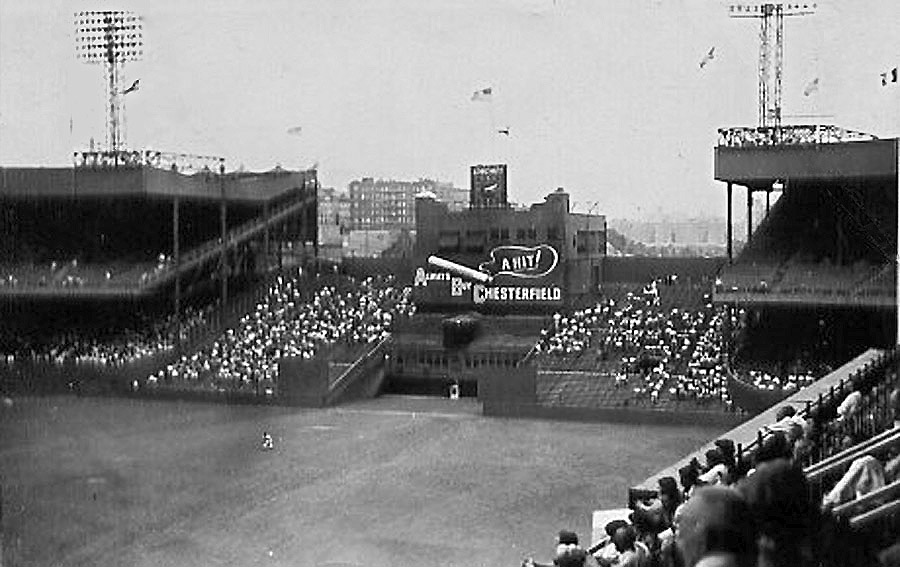
(1) Polo Grounds, 1947, Pittsburgh third baseman Frankie Gustine smashes a screaming line drive that Giants shortstop Buddy Kerr, with a tremendous leap, spears…with his bare hand!
(2) First time I saw Mickey Mantle, on TV, May 1951 at Yankee Stadium. The Mick executes a bad drag bunt, one quick hop to the pitcher who throws immediately to first base. The camera then pans to the bag, and Mantle is barely out – bang, bang! Oh, my God, he was shot out of a cannon!
And just as powerful is the passion we have for every all-time, all-star position favorite. Using an amazing book for a reference, titled, The Greatest Team of All Time, let me share some fascinating selections and insights from those involved at the highest level of the game. Here goes.
SIX HALL OF FAMERS SELECT THEIR BEST
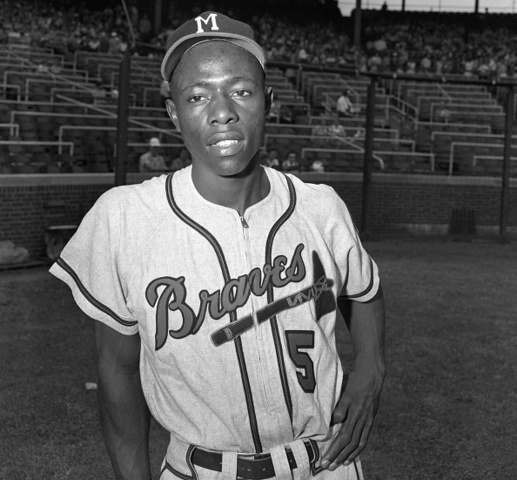
HENRY AARON stated categorically, “There was never a pitcher I felt I couldn’t get a hit off.” Hammerin’ Hank, who had more RBI and total bases than any player in history, picks Bob Gibson (RHP) and Sandy Koufax (LHP) as his two mound immortals. But he adds that Juan Marichal and Don Drysdale rivaled Gibson in the tough-to-hit category. “It’s true I hit more home runs off Don Drysdale than any other player did. But there was a slew of other at-bats when he punished me.”
Aaron has Musial, Mays, and Clemente comprising his star-studded outfield. Up the middle: Ernie Banks and Jackie Robinson. At the corners, Eddie Mathews and Gil Hodges. Behind the plate, Roy Campanella. “When he was healthy there was nobody better than Campy as a catcher and a hitter.”
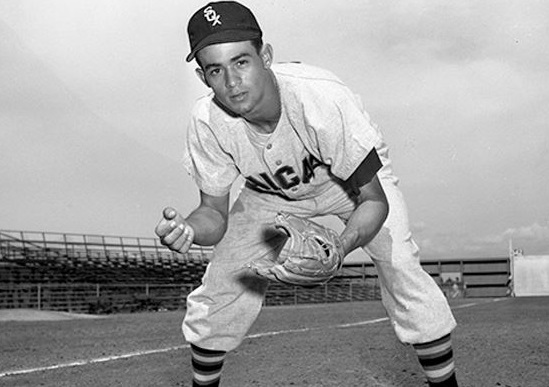
LUIS APARICIO was, perhaps, the greatest defensive shortstop in American League history. He leads all shortstops in games played and career assists. He also led the American League in stolen bases from ’56-’64. Here’s who Luis promotes as his best: Frank Robinson, Mickey Mantle and Al Kaline patrolling the outfield. Around the horn, starting at third base, he likes Brooks Robinson, Tony Kubek, Bobby Richardson, and Vic Power, at first. For one big game, Aparicio gives the nod to Jim Palmer (RHP) and Dave McNally (LHP). And his catcher is Bill Freehan.
Luis says this about Frank Robinson, “He could beat you a hundred ways. When he didn’t hit he’d steal a base or make a great catch, or kick a ball out of an infielder’s glove. I don’t know of anybody who ever played the game who was more of a force on the field.”
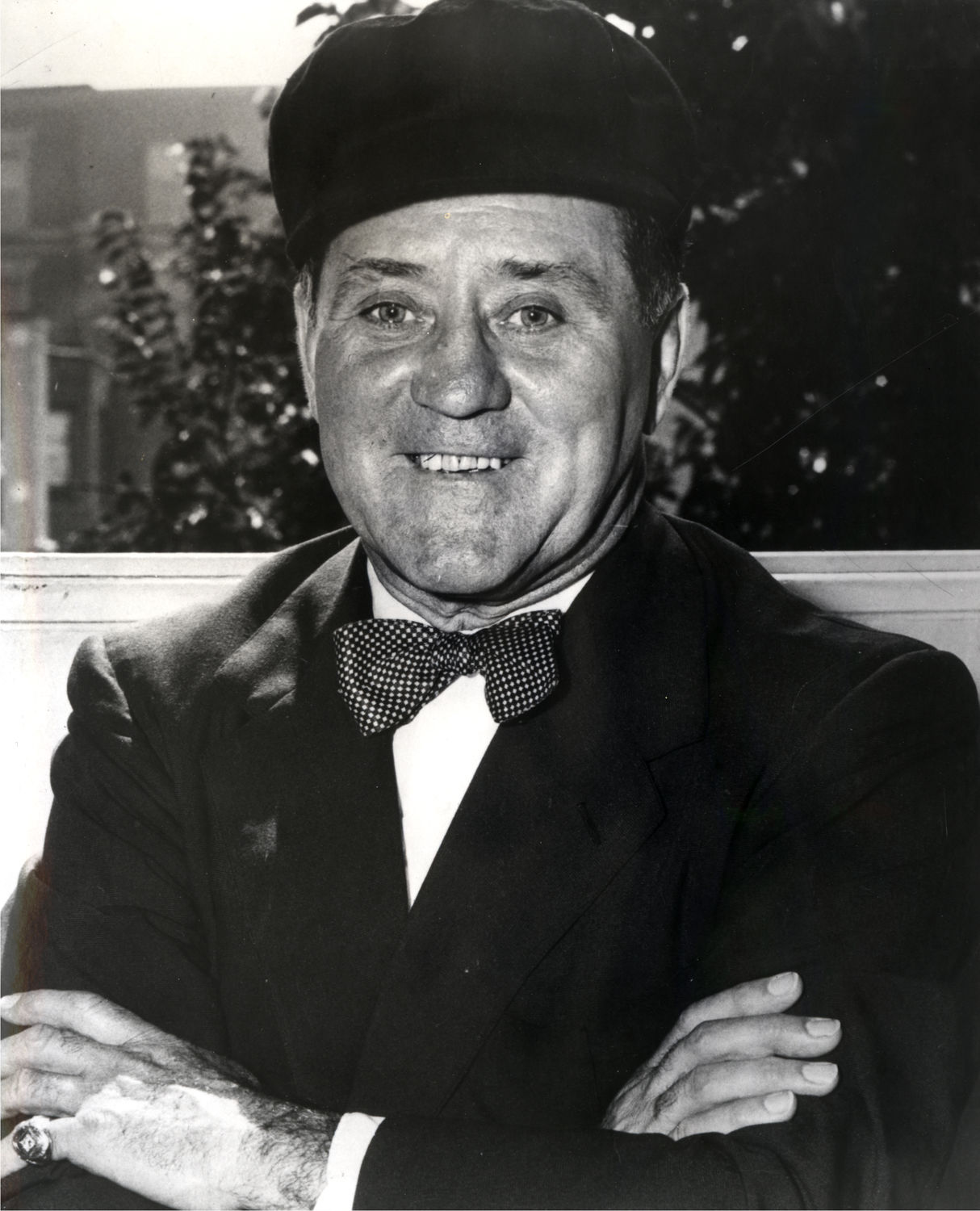
JOHN BERTRAND “JOCKO” CONLON umpired in the National League from 1941-1965, and was elected to the Hall of Fame in 1974. The diminutive arbitrator cut quite a figure on the field, complete with a polka dot bow tie and a big balloon chest protector. Conlin was “a master psychologist who knew when to cajole, when to rebuff, and when to ignore.” But don’t curse him out, or you’re gone.“ Durocher was king of the complainers and moaners,” said Jocko. “We had many a run-in. But he was a first-class manager.” Like Leo, Jackie Robinson was profane on the field, which irked Conlon. “Jackie was the most difficult ball player I ever dealt with as an umpire. He would never accept a decision.”
Here’s JBC’s best team: Walter Johnson (RHP), Lefty Grove (LHP). Conlon said neither threw a curve, nor did either ever have a sore arm. At the hot corner, Pie Traynor is the choice, with Lou Gehrig anchoring first base. Through the center of the diamond, Gabby Hartnett (C), Honus Wagner (SS), Charlie Gehringer (2B), and Tris Speaker (CF), with Ty Cobb (LF) and Babe Ruth (RF) rounding out his all-star team.
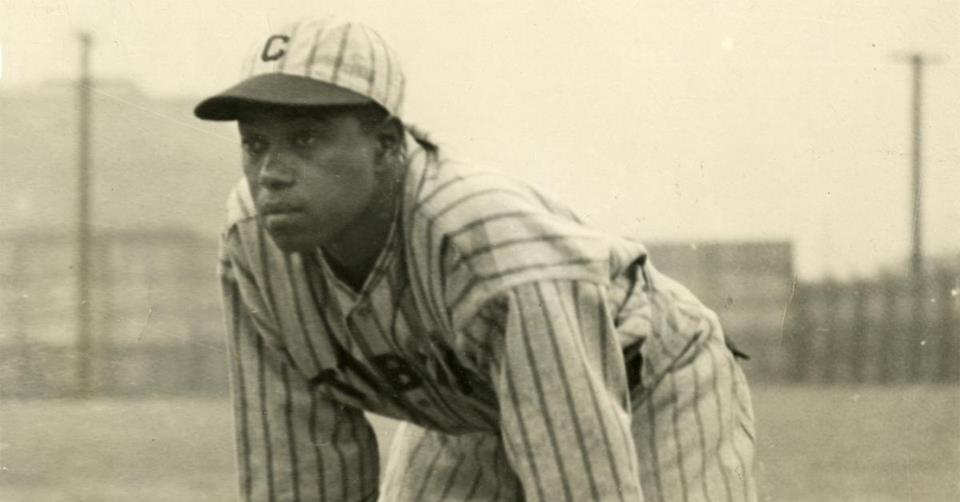
JUDY JOHNSON was considered the best third baseman of his day in the Negro Leagues, topping a .400 BA in 1929. Johnson played for the 1935 champion Pittsburgh Crawfords, along with Josh Gibson, Cool Papa Bell, and Oscar Charleston. Judy proclaims, “It was maybe the best team ever, black or white. And Josh Gibson was the best hitter I ever saw.”
Who’s going to argue with him?
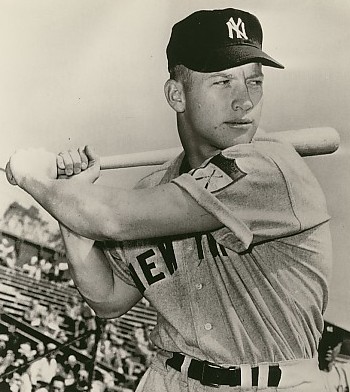
MICKEY MANTLE combined the gifts of enormous power and the speed of Mercury, yet we’ll never know how great he might have been had it not been for injuries and other extenuating circumstances. As it is, his stats still jump off the page. In twelve World Series, he set records for most home runs (18), RBI (40), runs scored (42), and walks (43). He said he swung as hard as he could on every pitch.
The Commerce Comet vouchsafed, “In picking a team, I only need two—Whitey Ford and Ted Williams. The others wouldn’t much matter: we’d still beat most anybody.” His most challenging hurler was Red Sox right-hander Dick Radatz. “I read in a Dallas newspaper, I faced him 66 times in my career and he struck me out 45 times. If he wasn’t the toughest, I don’t want to remember who was.”
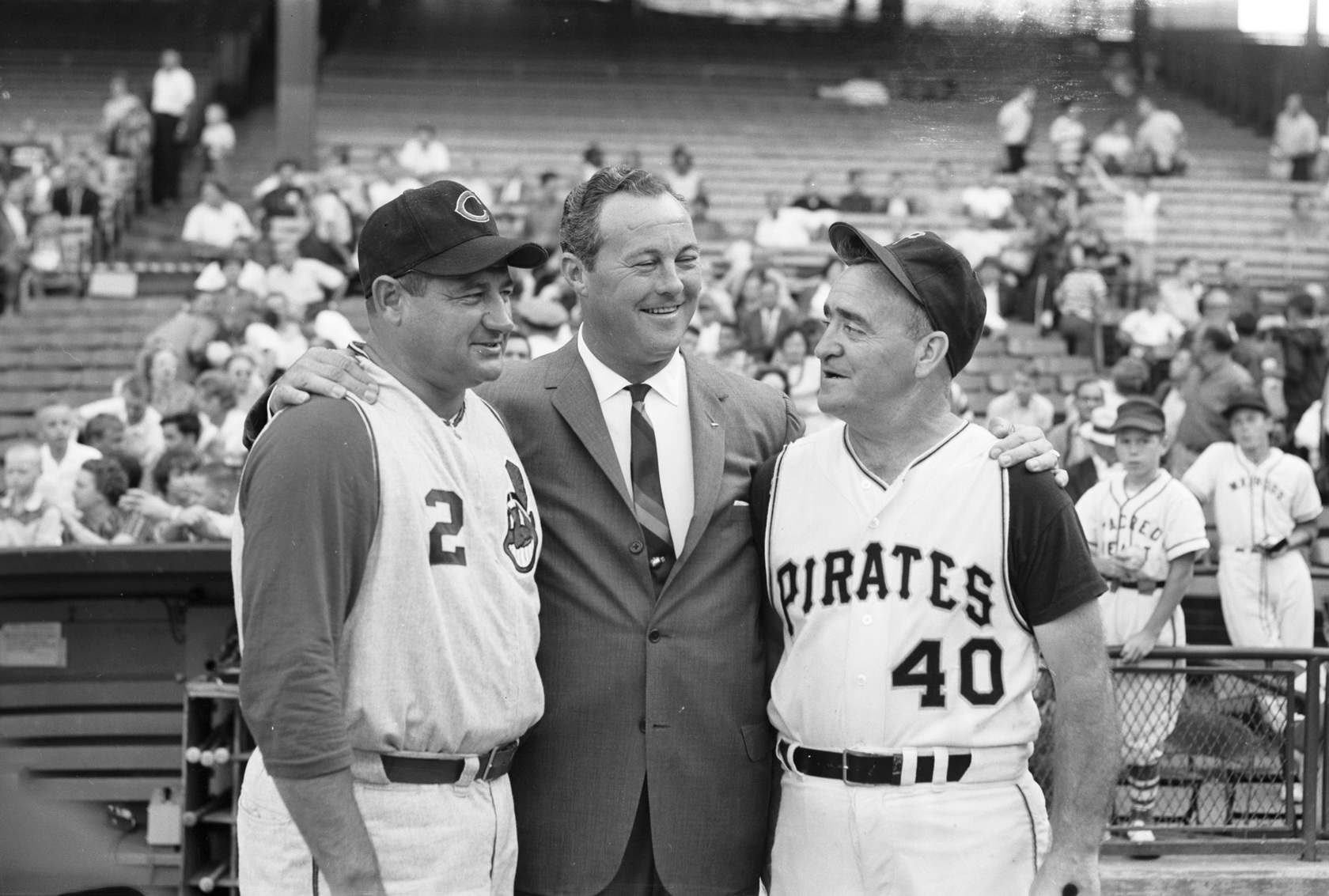
EARLY WYNN won 300 games, even. He said Yogi Berra was impossible for him. “He hit everything I threw, including one time I bounced a curve six feet in front of the plate and he slammed it for a double.”
Well, it’s time to go. But not before we present the final 1994 Greatest Team of All Time tally. It’s still glorified hot stove stuff, 29 years ago. But it does involve the men who grappled between the white lines, many of whom qualified as true fanatics.
First base: Lou Gehrig was named by more than half of his contemporaries.
Second base: Jackie Robinson was chosen by one fewer respondent than Charlie Gehringer, but captured a higher percentage of his contemporaries.
Third base: Brooks Robinson beats Pie Traynor by one slice.
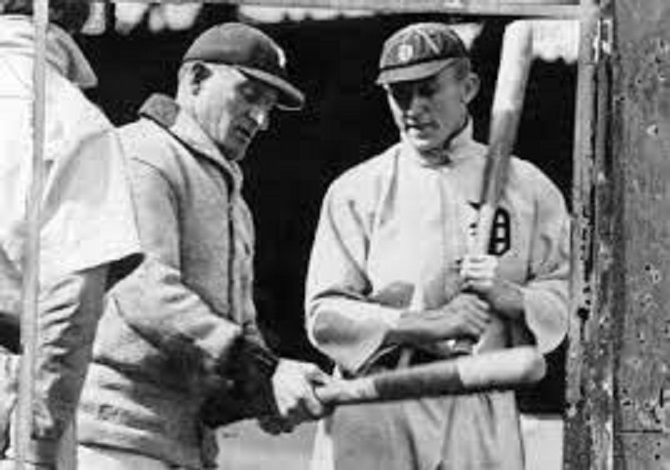
Shortstop: Honus Wagner was the unanimous choice of his contemporaries.
Outfield: Ty Cobb was selected by almost everyone who played with or against him.
Outfield: Willie Mays was picked for 25 lineups, the most of anyone.
Outfield: Babe Ruth trails only Mays in his number of lineup inclusions.
Catcher: Dead heat on a merry-go-round with Bench and Campanella tied at 11 selections. But Johnny wins the contemporary game.
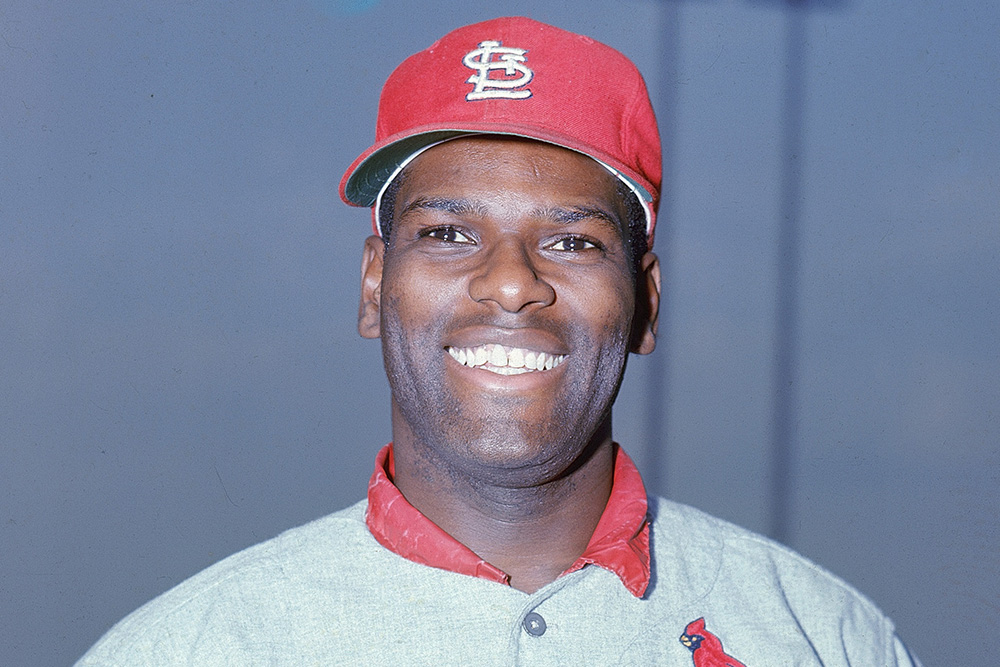
RHP: Walter Johnson over Bob Gibson in a photo finish—with Walter’s entries representing a higher percentage of those who faced him.
LHP: Sandy Koufax with 21 likes, second only to Willie Mays’ 25 among all players.
Bill Schaefer
Sources: “The Greatest Team of All Time,” compiled by Nicholas Acocella and Donald Dewey, 1994; SABR article, Jocko Conlon, by Rodney Johnson; NY Giants schedule almanac, 1947; quotes online re All-Star baseball; Luis Aparicio, Baseball reference.
Subscribe to our website, “Baseball History Comes Alive!” with over 1200 fully categorized baseball essays and photo galleries, now closing in on the one million hits mark with 915K hits and over 750 subscribers: www.baseballhistorycomesalive.com

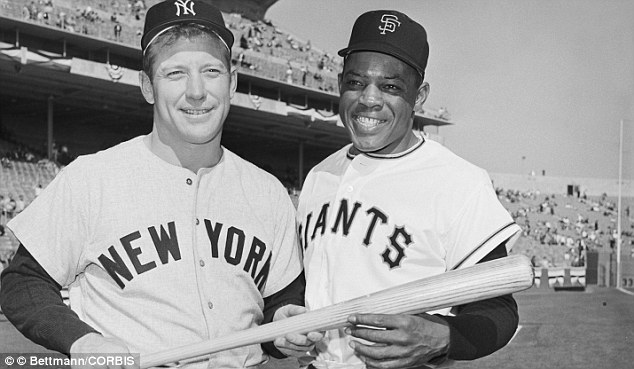
Any all-time team without Ted Williams loses credibility….absolutely no way you’d take Cobb over Williams!!! But terrific article, very enjoyable reading!!
It is interesting to note how the choices are reflective of earlier eras. If such a survey were to e done now instead of in 1994, the results would surely be different. That, however, is not a statement that they would be any less or more correct.
For most of my life, I have been an “old schooler” in terms of baseball fandom, but I came to the realization several years ago that I was being prejudicially unfair to ballplayers of modern times.
So now, I am much less “strict” in my evaluation of players, regardless of the era. So Ross Youngs died at the age of 30 and had only a ten-year career. But what a ten years it was.
Sandy Koufax pitched for only 12 years. But it mattered that opposing hitters could not get a hit off of him for the latter part of his career when he had become a dominating pitcher.
Gene Michael was a .229 hitter. Did that diminish the enjoyment I experienced as a youth when he successfully pulled the hidden-ball trick? Well, it didn’t help overall but it really did not hurt at the moment it happened.
Interestingly, Roy Campanella’s NL career lasted only ten seasons, after eight years in the Negro Leagues. I have never heard anyone cite a short major-league career
as a reason to keep Campanella out of the Hall of Fame. Yet that argument is often used against Thurman Munson’s inclusion, despite his having had an eleven-year career. Perhaps, all the Muson supporters notwithstanding, he actually lacked the overall numbers needed to make it.
So what’s the point? Overall, it seems that maybe we are sometimes too critical of players against whom we have some sort of grudge, based sometimes on team loyalty. For the same reason, we may be too lenient when discussing players we “like.”
Choosing the top 25 from a qualified field of 100s? Good luck.
What an interesting article by Mr. Schaefer. Thnx for sharing, Gary. So impossible for me to choose a “Greatest” list. {There’s a “rabbit hole” of possibilities}. However, excluding many who should be among my selections, they are : {note…because there are so many iconic pitchers & outfielders to choose from, I have given myself the luxury of selecting an “A” list and a “B” list.}
LF {A}- Ted Williams {B}- Musial
CF {A}- Mantle {B}- Griffey Jr.
RF {A}-Aaron {B} Clemente
3B Robinson
SS Wagner
2B Morgan
1B Gehrig
SP {R} {A} Walter Johnson, {B} Ryan
SP {L} {A} Spahn {B} Carlton
RP Rivera
Thank you so much, Dr. Schaefer, for another provocative collection of imponderables from our very favorite sport. These are, indeed tantalizing head-scratchers, which is the whole idea.
“Best outfield of all time?” That category, like all the others in this study, begs for further definition, but it’s the way this particular question nearly always seems to arise. (“Mantle or Mays?” “Grove or Koufax?” “(W.) Johnson or Satchel Paige? Quick!” — and on down the daisy-chain of endless debate and disagreement.)
Maybe it’s time for inquisitive pundits to give us a helpful, working standard for what is meant by “greatest.” So many of our heroes’ playing careers burned brightly but way too briefly before flaming out, leaving fans and historians to wonder what their numbers would have looked like if not for this plane crash, that auto accident, an impenetrable concrete wall over there, or the cruel injustice of an arm gone suddenly and permanently dead.
From the hottest of candles, thank you, I’ll take guys like Roy Campanella (not Pudge), The Mick (rather than Mr. Coffee), Koufax (over Spahn), and even Pistol Pete Reiser (ahead of the great Tris Speaker, let’s say). But if we’re talking primarily about long and productive careers, uninterrupted by nagging inconveniences such as segregation, war, injury, and even untimely death, then maybe I’ll home in on guys like Cobb, Musial, Aaron and Mays; players, in other words, whose names tend to show up near the top of so many all-time lists.
Well, huh! This much I do know: For all-time great contributors to our beloved blog here, the inquisitive and analytical mind of Professor William Schaefer is right up there. Great job!
Best wishes,
Michael
Dr. Marshall,
Yer on! Without a catcher, your team won’t have a prayer against my sandlot squad.
But seriously — Nolan Ryan??! Now we do need to talk.
Best to you,
Michael
Thanks so much for your great comments, you guys! Some clarification is in order, however:
The book I referenced is actually in three parts, (1) 52 HOF players who selected line-ups (2) 16 who only commented (3) 15 Others who were close to Hall worthy at the time, who added a tidbit or two. Without delving into part three, I went with what struck me as an interesting and amusing cross section of responses, within the parameters of our website. The piece hit the chalk heading into “too long’ territory as it was. The emphasis by the authors was on the athletes who played against each other, and it produced a pretty good line-up, I think.
Analyst extraordinaire, George C. , appreciate your thoughtful response. Ross Youngs was my dad’s favorite player on the NY Giants. “Matty” was right along side.
Gene Michael and I played catch with a wiffle ball, in a Tom’s River, NJ dept. store, courtesy of a local Ocean County radio station, in Dec. of ’68. Michael threw the damnedest curve you ever saw with that crazy ball !
For sure, Thurman Munson was a fiery leader behind the plate with a nifty .292 lifetime BA, averaging 13 homers and 80 RBI over his career, cut tragically short. Roy Campanella was oft injured. But when healthy Campy won three MVP awards and belted 29 home while driving in 115 runs, in an average season-and nobody topped him defensively.
Glad you enjoyed the essay, Dr. Marshall. But you are a rare fan who can pick six outfielders and four pitchers and leave out Mays, Ruth and Koufax! But you still leave us with a few who could win a game or two. Rubber arm Warren Spahn won 363 games, already!
Good call on Joe Morgan at second base. As he matured with the Reds, Joe became devastating, belting so many clutch home runs late in games.
Brooks Robinson and Pie Traynor were popular third base picks but curiously had only 105 and 107 OPS+ marks. While guys like Mike Schmidt and Eddie Mathews cracked 548 and 512 home runs, respectively, and flashed 148 and 143 on the OPS+ board. Of course, nobody fielded like Brooks or was as durable. And Pie with an average of only five homers a year still knocked in 106 runs per campaign–an RBI machine!
Thanks to the Incredible Keedy for such nice words of praise, most appreciated!
Nice call on Pete Reiser, an absolute incandescent star cut down by a lemming-like tendency to crash through walls, with no self preserving reflex gene built into his brain. His projected stats by some experts, sans injuries, were astronomical.
But don’t scoff at Nolan Ryan Mr. Wordsmith. Go to the book and get a load of his great big bloated numbers!
An did it occur to you that maybe Prof. Marshall might think his pitching is sooo good, he doesn’t need a catcher? So, there!
Time to trundle off to bed.
Best, Bill
Steve,
Just saw your comment. So glad you liked the article!!
Yeah, I get it. Maybe the best hitter ever. And he had the better part of five years taken out of his career with military service. Unfortunately, some players and many fans and writers, perceived he was a selfish player who dogged it in the field. Bum rap for the most part, but perception tends to become reality.
You are among many Williams devotees who gets red-faced mad when “The Splendid Splinter” is slighted. I can’t blame you.
Best, Bill
Great pictures, Gary, for each Hall inductee in the essay. And the feature shot of Mantle and Mays is sensational !!
Oh yes, add one homer, please, to Eddie Mathews (512) I was thinking of Mel Ott.
Thanks! Bill
Will do Bill…thanks. Yeah I always get homer totals for Ott, Matthews and Ernie Banks mixed up.
Hey Guys:
I have to thank all of you for the education I’m getting. The more I read here on this sight, the more I realize how little I know about the players of bygone eras. Ross Youngs? Never heard of him. I also have to confess, Gary, the dead ball era, was another new reference for me. At least 25% of the players most of you list I have only heard of and know next to nothing about what made them great I couldn’t and shouldn’t presume to choose an all-time great line-up. I just don’t know enough to even try. Thank goodness for the Internet. At least I can learn. Keep it coming, I love it.
Sincerely,
Joan
You bet Joan, and, as always, very glad to have you with us!
Nice article. It is always fun to debate the “greatest ever” at each position, but what I enjoyed the most was some of the players’ quotes.
It was fun to see that the great Luis Aparicio picked Tony Kubek for shortstop. As an old-time Yankee fan, I always loved Kubek but would never have picked him to be a greatest ever.
Mantle’s comment about Dick Radatz hit home to me because I could remember dreading whenever “the Monster” entered a game against my Yanks.
And Early Wynn’s comment about Yogi’s bad-ball hitting was hilarious but oh-so-true.
In fact, Steve, Mantle once said he had no ability to manipulate the bat left handed. He couldn’t even play pepper left handed. All he could do was take a home run swing every time up and let the chips fall where they may!
Thanks for your great comments!
The comment of Mantle “being shot out of a cannon” brought to mind something I witnessed and reported on in 1957. It is unrelated to baseball, but some may find it of interest relative to athletic skills. Paul Anderson, the Olympic weightlifting champion in 1956, said to be “the strongest man in the world,” came out to the San Jose State track, where I was working out, to play around with the shot-put. (I think he had become a professional wrestler at the time.) As I recall, the world record for the shot was then just a little over 60 feet. Anderson got it out around 45 feet, but he obviously needed work on his form. Clearly, he had the strength, but not the power (strength x speed) or technique. I don’t remember how it came about, but a match race at 50 yards was arranged between Anderson and Jim Lea, who represented the U.S. at 400 meters in the ’56 Olympics. I wondered how Anderson could possibly run, as his thighs were so massive that when he walked, it was as if he had to lift one leg around the other. I recall hundreds of capillaries seemingly bursting from his thighs as he walked. Nevertheless, I wrote an article for the school paper that Anderson got off the blocks as if he was “being shot out of a cannon,” and had Lea beat for 20-25 yards, but Lea easily pulled away the second half. I’m not certain of the times, but I recall something like 5.4 for Lea and 6.1 for Anderson. Lea appeared to ease up the last 10 yards. But it was something to see Anderson run after seeing him lumber when he walked. I suspect he could have given Mantle a good race to first base, although Mantle would no doubt have pulled away at about 65 feet. .